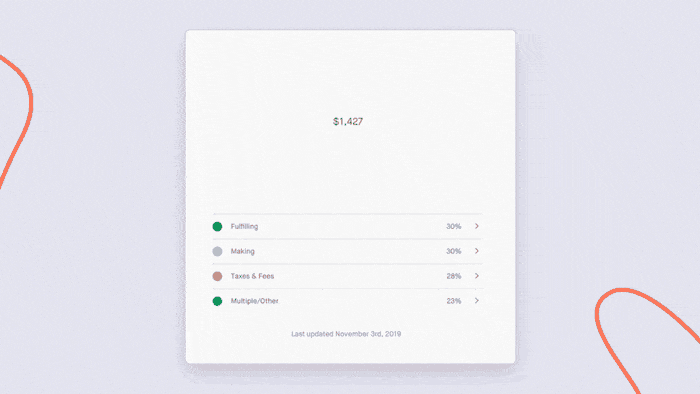How to Create and Share a Project Budget
Creators can now make and share a budget for their project directly from the Kickstarter project editor.

Make and share a project budget directly from the Kickstarter project editor.
Project Budget is essentially a budgeting spreadsheet that’s available from the Funding tab in the project editor. Creators can use it to map out the cost of their entire project, from prototyping and R&D to packaging and shipping. Once they’ve done this, they have the option of sharing a custom graph of their budget data in a new section of the project page.
We want to make sure that creators have the resources they need to work out how much funding it will take to bring their creative ideas to life. Project Budget provides some structure for this, and reminds creators of important expenses they may not have considered, such as the cost of paying themselves and team members.
We also want creators to be able to provide their backers with more clarity and insight into how they plan to spend the funds they raise on Kickstarter. We hope that this feature will give backers a sense of where their pledges are going, and how much it actually costs to bring an idea to life.

Since Kickstarter’s launch, we’ve seen many creators independently create and share budget information and charts with their backers. This new feature will make it easier for more creators to follow those examples and give their campaigns greater transparency. We’re making the feature available for projects in the Design and Technology categories to start, but we plan to offer budget templates tailored for other categories in the near future.
Project Budget is part of what we’re calling The Cost to Create, a suite of tools and content focused on the funding needed to make an idea a reality. Looking ahead, we’d like to give creators the ability to share how they’re actually spending their funds in the “making” phase of their campaign, as compared to the initial budget they set.
We’ll have access to the budget information for all projects that use this feature, and we think there are really exciting resources we can build by aggregating this data. This is one way we can use the real-world experiences of creators to help to take some of the guesswork out of planning projects.
